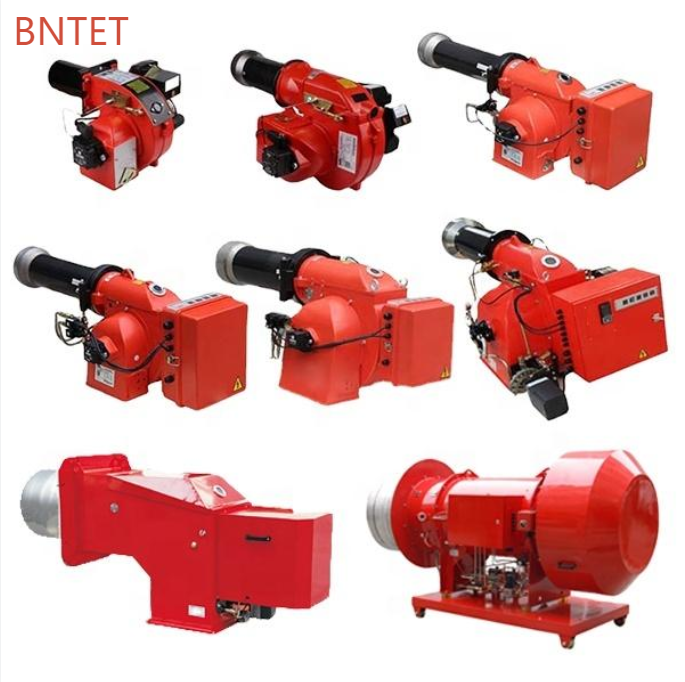Classification and industry application of burners

Burner is a general term for devices that make fuel and air spray mixed and combust in a certain way. Burners are classified into industrial burners, civil burners, and special burners according to their types and application fields. It is mostly made of corrosion-resistant and high-temperature resistant materials such as stainless steel or metallic titanium. The function of the burner is to atomize the sample through flame combustion.
The atomized test solution enters the burner. Under the action of flame temperature and flame atmosphere, through processes such as drying, melting, evaporation, and dissociation, a large number of ground state atoms, as well as some excited state atoms, ions and molecules, are produced. A well-designed burner should have high atomization efficiency, low noise, and stable flame performance to ensure high absorption sensitivity and measurement precision.
A slit burner is commonly used in atomic absorption spectroscopy to generate atomic vapor. Depending on the type of gas and auxiliary gas used, the length and width of the burner gap are different. Generally, the burner is marked with applicable gas and auxiliary gas. Burners can be divided into three types: pulverized coal burners, oil burners and gas burners according to the different fuels they burn.
According to the fuel, burners can be divided into oil burners and gas burners; according to the objects of use, they are divided into kiln burners and boiler burners; according to application fields, they can be divided into industrial burners, civilian burners and special burners. Among them, oil burners are divided into light oil (such as diesel) and heavy oil burners (such as waste oil), and gas burners are divided into natural gas burners, liquefied gas burners, city gas burners, biogas burners, etc. The burner we usually refer to refers to the boiler burner.